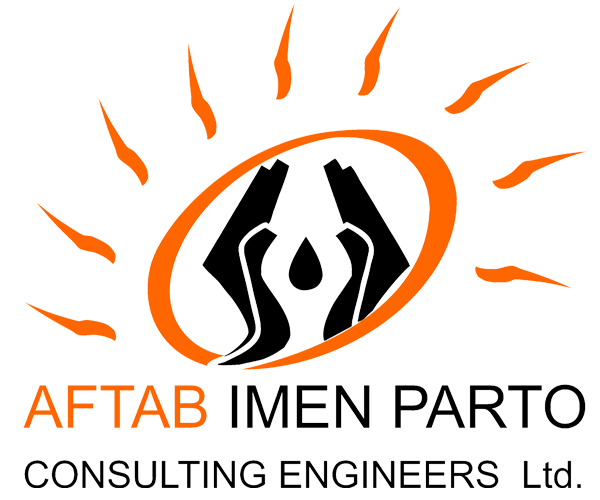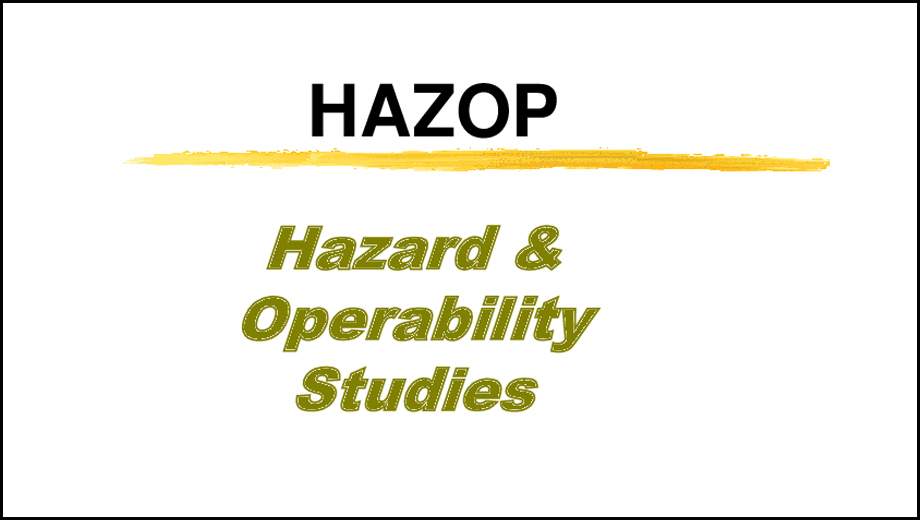Hazard Analysis and Operations Management (HAZOP) technique is a structured and team-oriented method for identifying hazards. It is recommended to conduct HAZOP studies in any part of the facility and equipment that contains potentially hazardous chemicals and flow process parameters such as temperature, pressure, liquid level or other process parameters are defined for it.
This method can be applied in all stages of a process project’s life, it is especially effective for discovering risks in the early stages of the design process. By applying this method and focusing on the design and operational objectives of the unit in operation or in the design phase, deviations from the design and operational conditions of the unit are extracted and the consequences of risks or conditions disturbing the optimal operational conditions are investigated and analyzed. If needed, suggestions are provided to increase the safety and operational level of the unit.
Responding to the challenges of risk management
Identification of process hazards by HAZOP method is one of the main and international requirements in the process sectors of various industries, including oil, gas, petrochemical, chemical, power plant, nuclear, pharmaceutical, food industries, etc. All these industries are facing many challenges in the field of risk management of process units. Conducting HAZOP studies is the answer to many challenges in the field of risk management of process units. The most important of these challenges are:
- Preventing the reduction of production and productivity and maintaining the credit of the collection
- Reducing the statistics of accidents and damages
- Reducing repair time and maintaining product quality
- Removing obstacles and facilitating the implementation of exploitation processes and reducing stress caused by fluctuations and obvious and hidden defects
- Increasing the useful time of availability of the unit (Availability)
- Ensuring the creation of a safe environment away from danger by reducing the level of individual, social and environmental risks
- Reducing contracting costs and increasing delivery speed and preventing delays in project delivery
- Reducing damages caused by process defects during construction, pre-commissioning, start-up and operation stages
- Identification of process weaknesses and safety in process design at different stages of basic and advanced design
- Ensuring compliance with accepted project codes and standards and compliance with technical specifications (Spec) and facilitating the finalization of documents in the design phase


